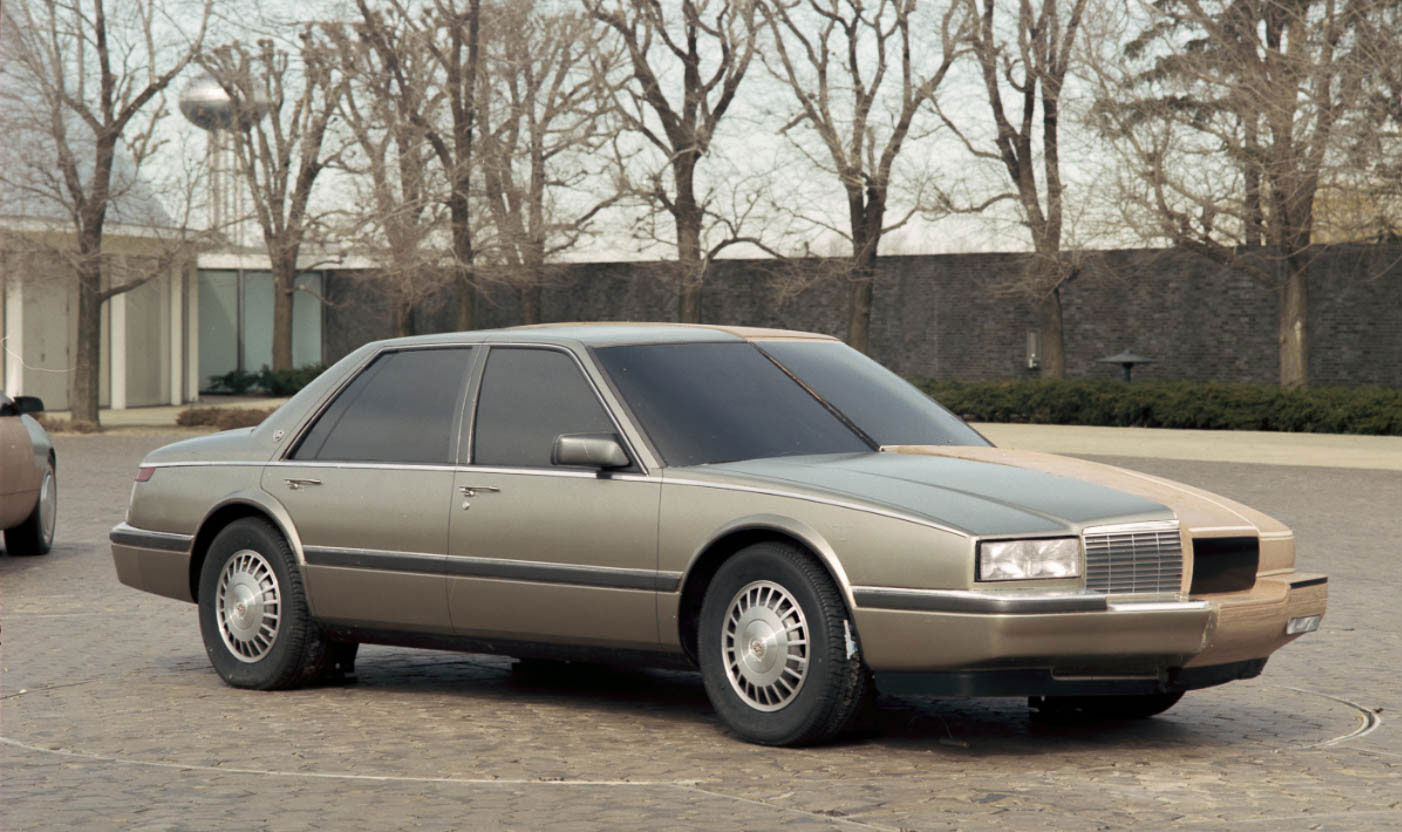
Design of the 1992 Cadillac Seville and Eldorado
Early Seville Development
by Dick Ruzzin and Dennis Little
Edited by Gary Smith
Part Two
Dennis Little:
Wayne Kady was transferred from Cadillac Studio, sometime in November, 1986. On December fifth Dick Ruzzin became the head of Cadillac Studio, and brought with him Bill Mullaly as chief engineer, Rick Zabor as his assistant, and Ray Hildebrandt as chief modeler. Both Rick and Ray had worked for Dick in Chevy Studio. I’m sure that Dick was instrumental in selecting a great portion of the people to restaff the studio. Because Dick and I had never worked together, I’m not sure why I was kept on as his assistant.
Dick Ruzzin:
Dennis Little:
Dick was one of the best studio chiefs that I would work with. His innate ability to create a positive atmosphere, regardless of the high level pressure, made Dick the ideal person to lead the studio in the journey to establish a new design image for Cadillac.
Dick Ruzzin:
It had been twenty-six years from the time that I had worked on the design of the 1966 Oldsmobile Toronado. I had assignments in many different studios at GM Design, as well as at Opel Design in Germany. I also worked in several wind tunnels and learned from many aerodynamicists, engineers, and design professionals. I had the opportunity to work with some of the greatest sculptors, studio engineers, and management in the automobile design business.
Absolutely everything was being done at GM Design to achieve success in the creation of the new Cadillac Eldorado and Seville for 1992.
Cadillac Division had also been infused with the best people in the corporation. They clearly realized that disaster was at hand.
The Challenges
In December 1986 Design Vice President Chuck Jordan transferred me from Chevrolet Two studio to Cadillac Studio. He assigned me to direct the design team to create a new design culture for Cadillac, starting with the design of the 1992 Seville and Eldorado. The DeVille and Fleetwood were to follow.
Both cars were to be designed simultaneously, with the Seville released one month ahead of the Eldorado. Designing two production cars at once in the same studio was unusual and rarely done at Design, but the cars shared many components and management had decided that to guarantee consistency of design character, and ensure the utmost in speed of the design process, it must be done that way. Our competition at Pininfarina had only one car to design, the Eldorado.
Cadillac Out of Business?
The situation became even more stressful. Two weeks after arriving in Cadillac Studio, Dave Holls, Chuck Jordan’s assistant, told me that if the GM Board of Directors did not approve the cars we were to do, if they were not good looking enough, then Cadillac Division would be terminated. That’s right, Cadillac would be put out of business. I was not able to process that information. It was incomprehensible. Chuck Jordan, Dave Holls, and myself were the only people in the building who knew this.
An all-out effort at Design and at Cadillac Division was in place to create two cars that would represent GM and America against the two new Japanese brands, Lexus and Infiniti, as well as other competitive cars from Europe. Design Staff’s Advance Design Studio 1 was also engaged to help. Every person in the Cadillac Studio was handpicked by Design management and myself for this assignment.
It would be Chuck Jordan’s greatest challenge as the new Vice President of Design. We worked like dogs for over two years—overtime every night (except Friday), on Saturdays, and many Sundays. The urgency was exceptional and we were all driven to create the best car designs for Cadillac that we possibly could.
But the answer for the design of both the Seville and Eldorado eluded us no matter how hard we worked. We tried many themes in the form of full-size renderings and in clay on our full-size models. We were working rapidly, but we were only able to make slow progress. We had many false starts.
After a year of hard work, the Cadillac Design team consisting of my assistant Dennis Little, Gary Smith (transferred into Cadillac Studio on 8/21/86), Larry Erikson, Scott Wassell, and myself, could not point to a single sketch that we felt met all of our studio expectations, much less what Design management, the Cadillac Division and the General Motors Corporation would be happy with.
We had started to develop some very interesting concepts but none of us felt that we had the answer, or at least the one that the Cadillac Studio was enthusiastic about presenting to Design management. What the cars should be like was still maturing in everyone’s mind. The solution was a target that was moving too fast for us to catch.
Model Photos: General Motors
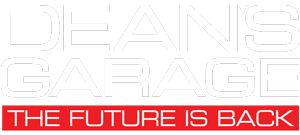
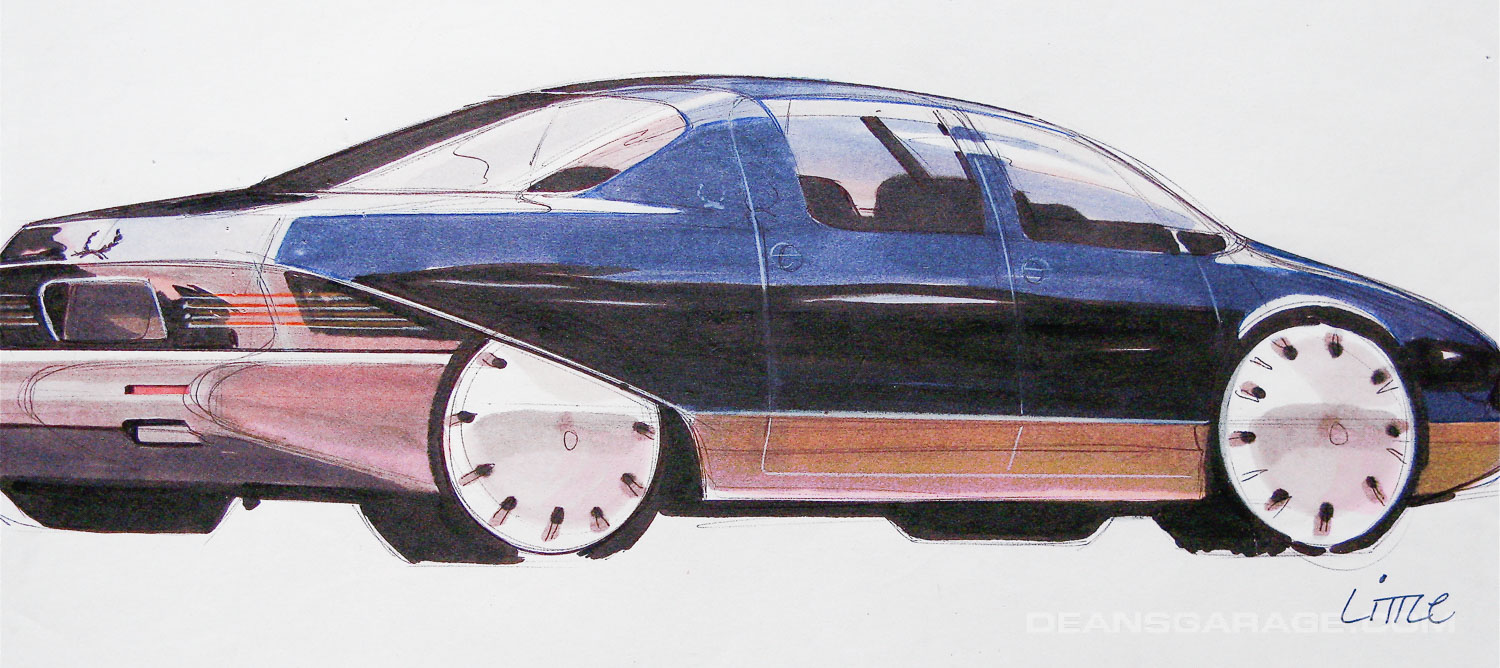
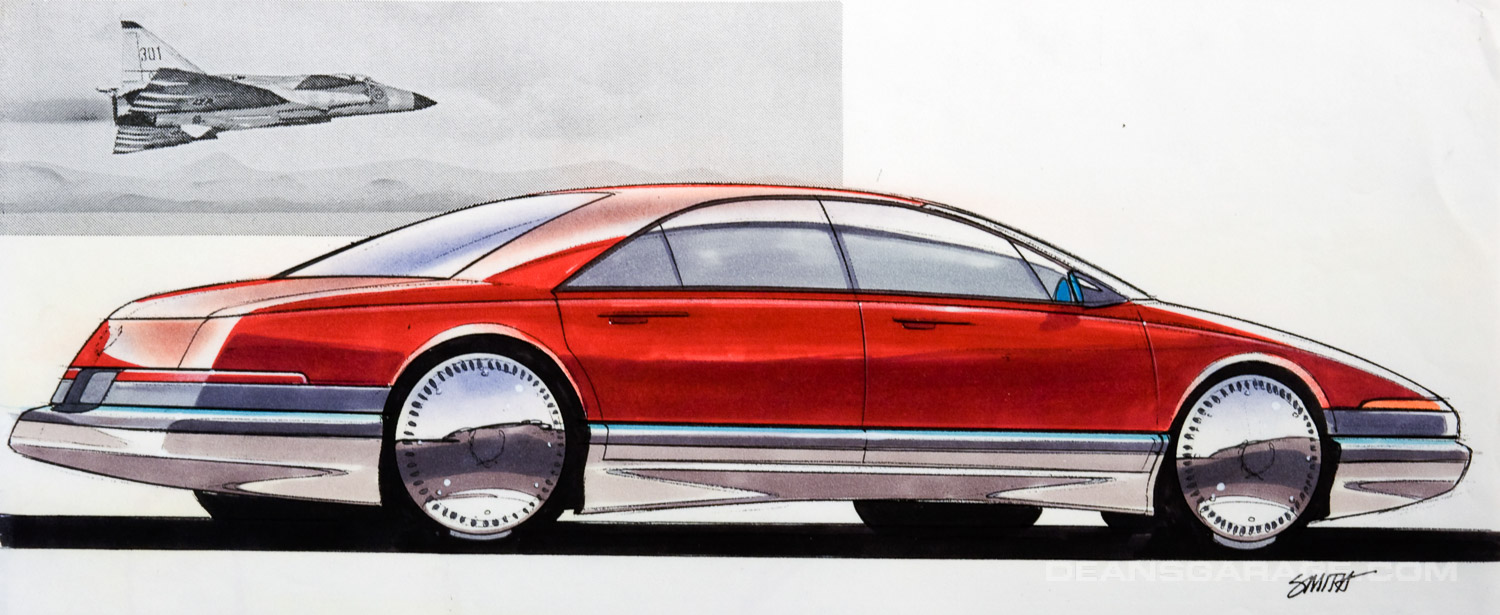
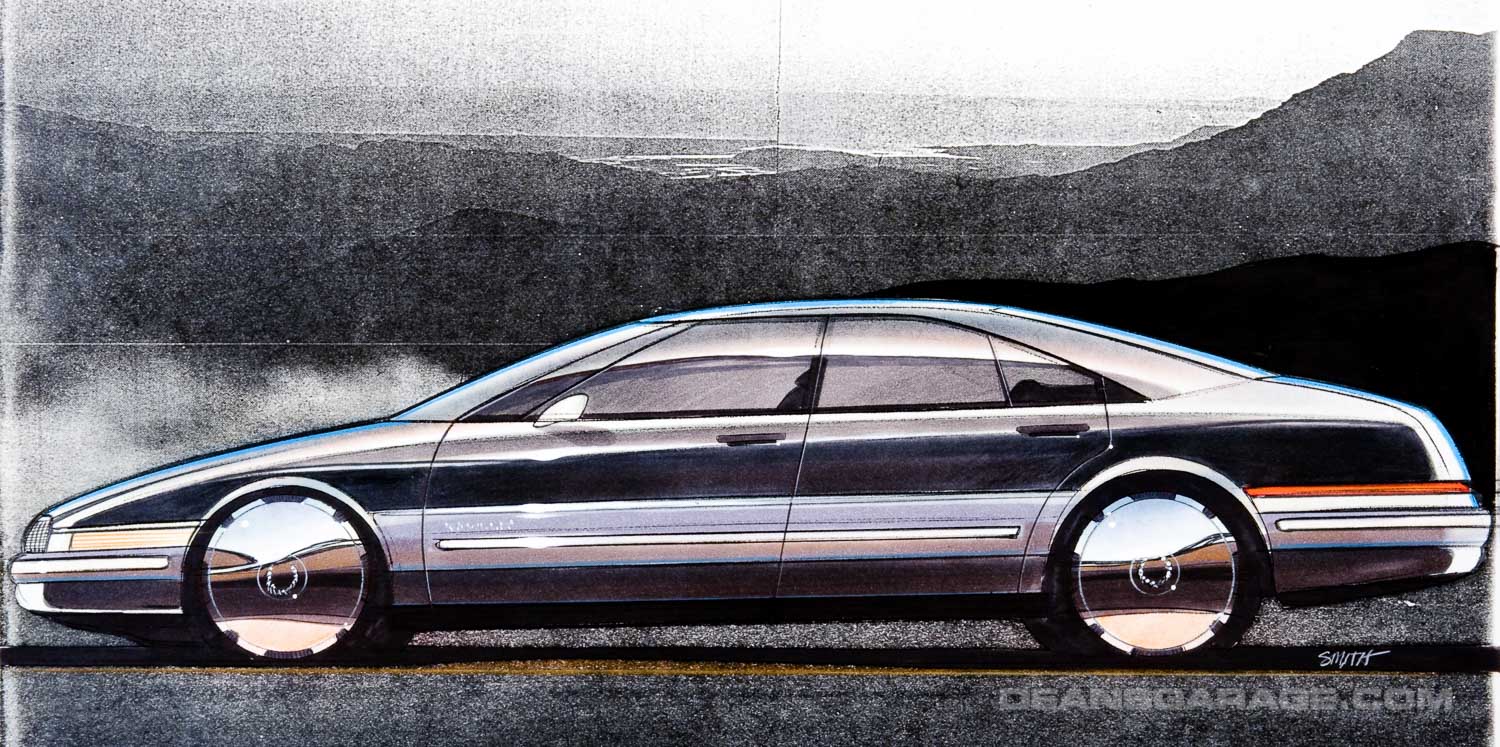
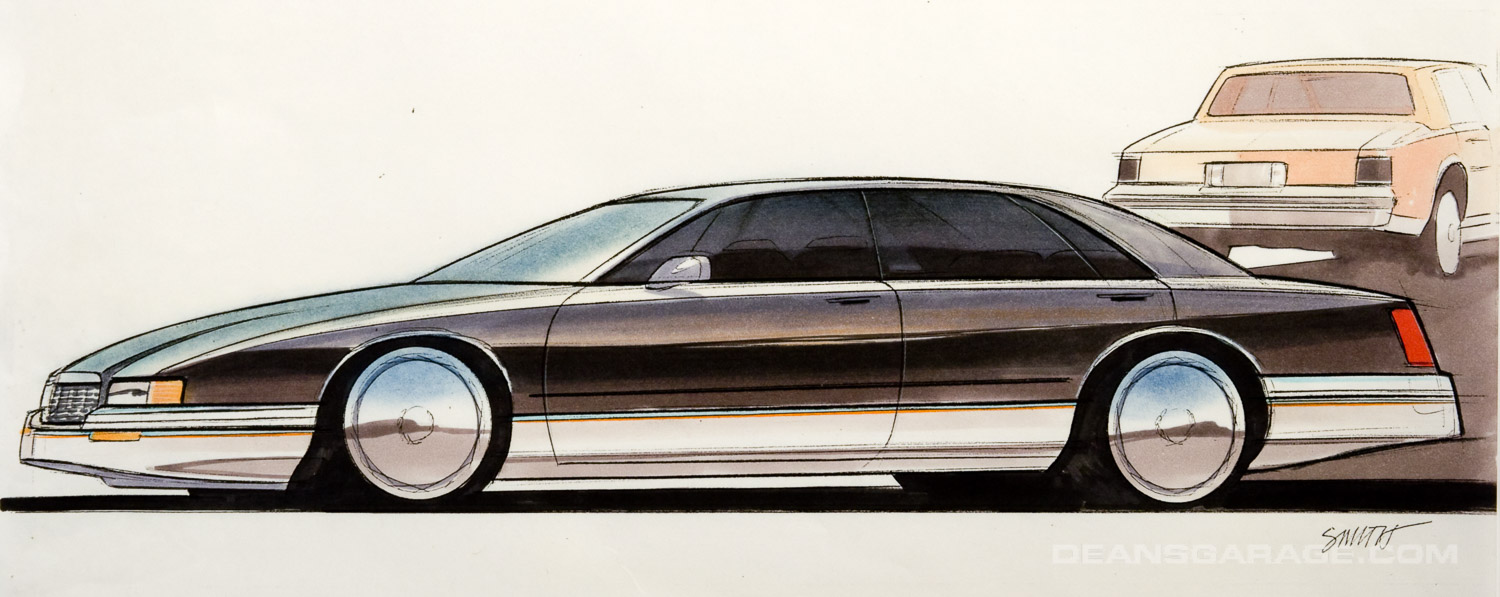
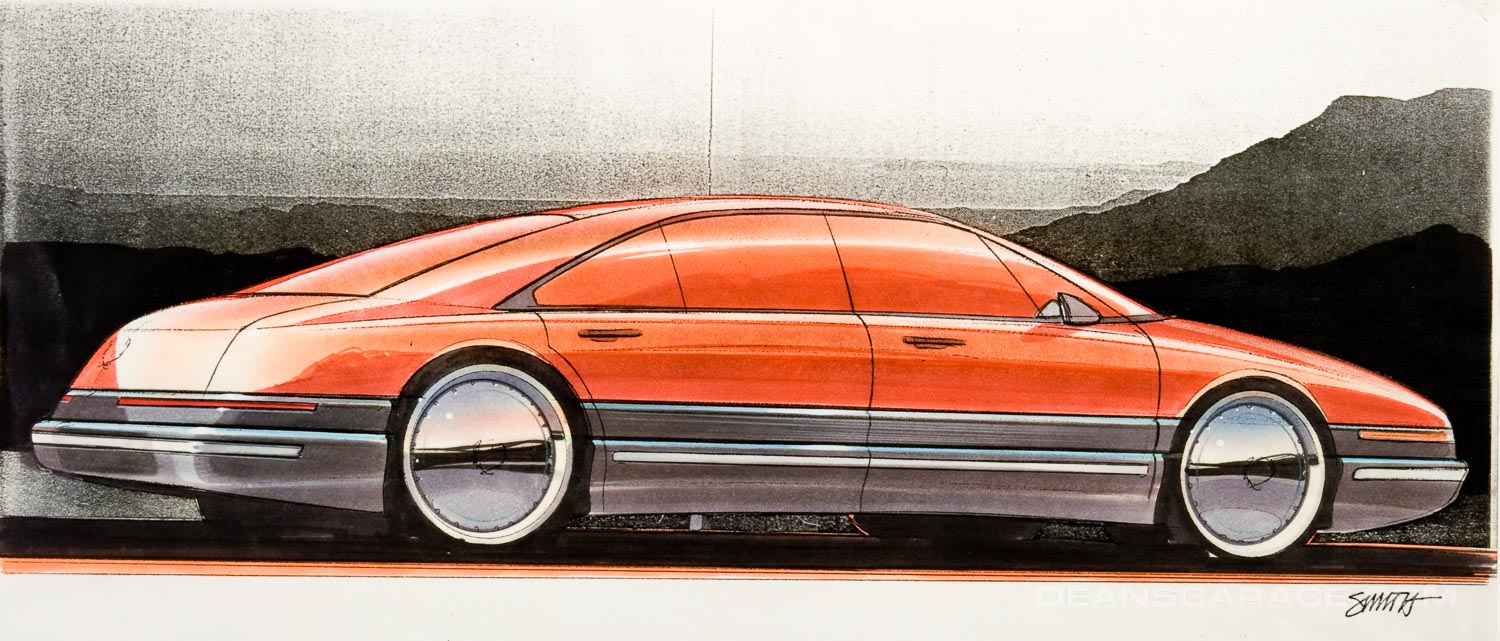
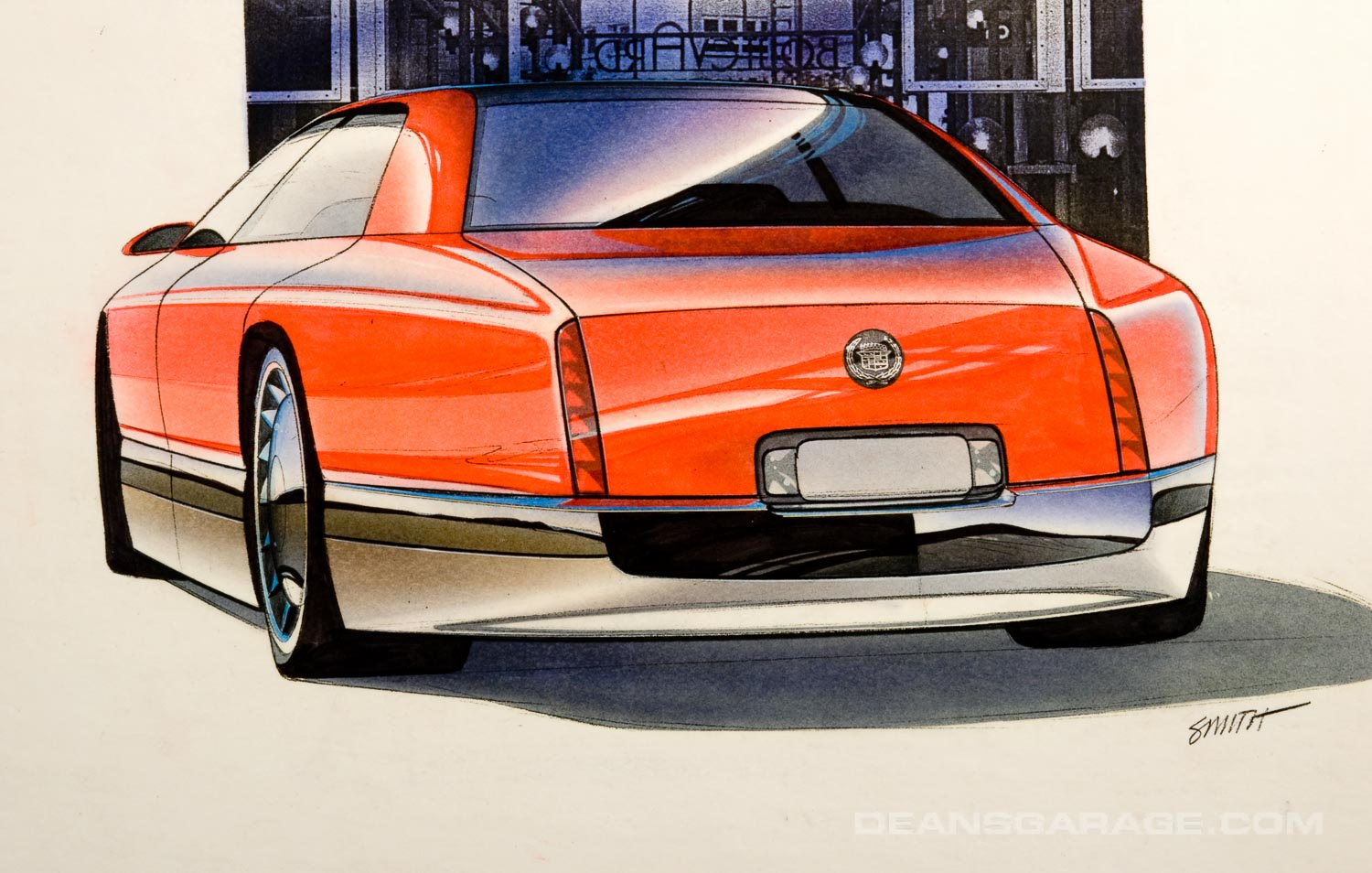
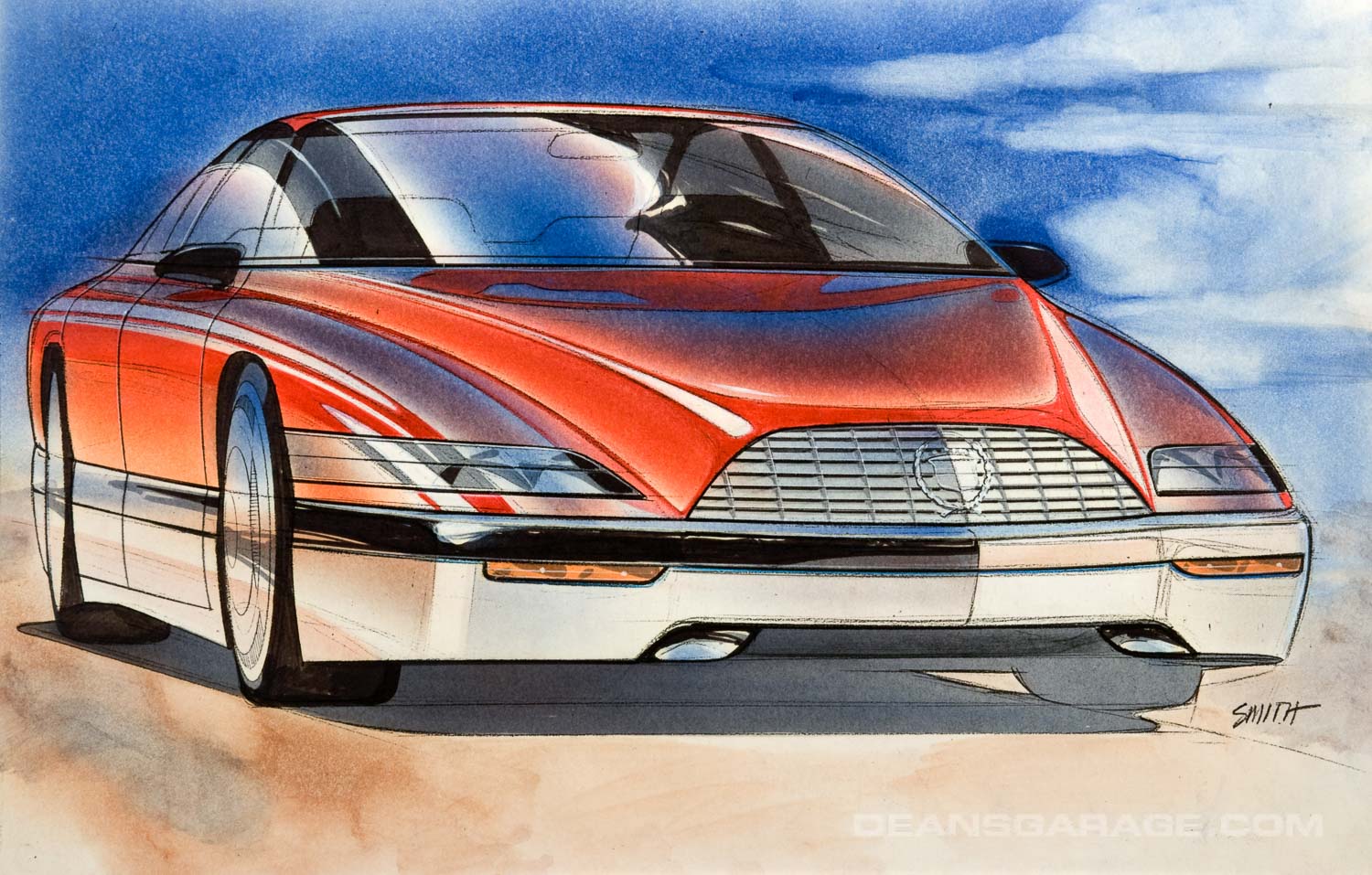


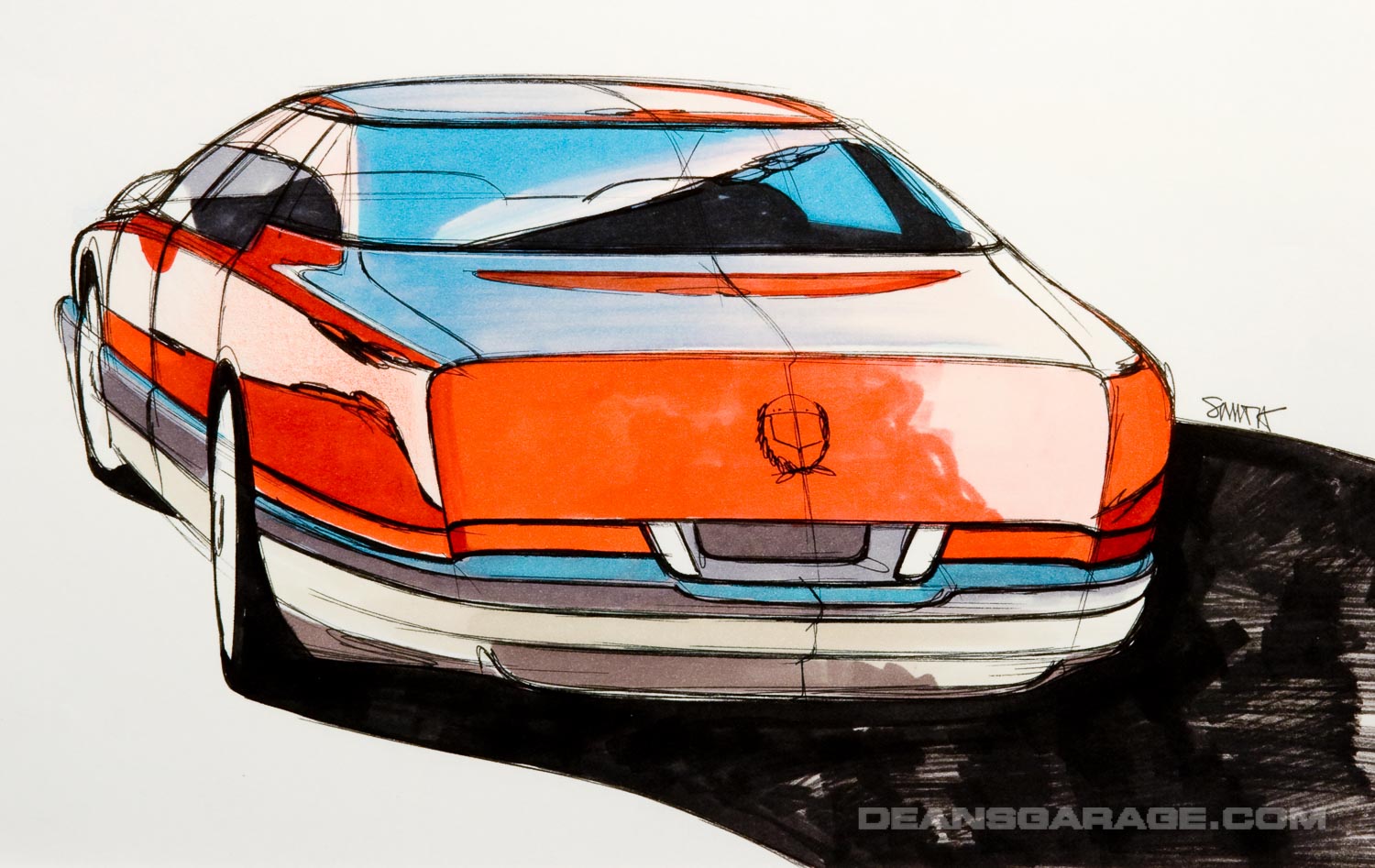
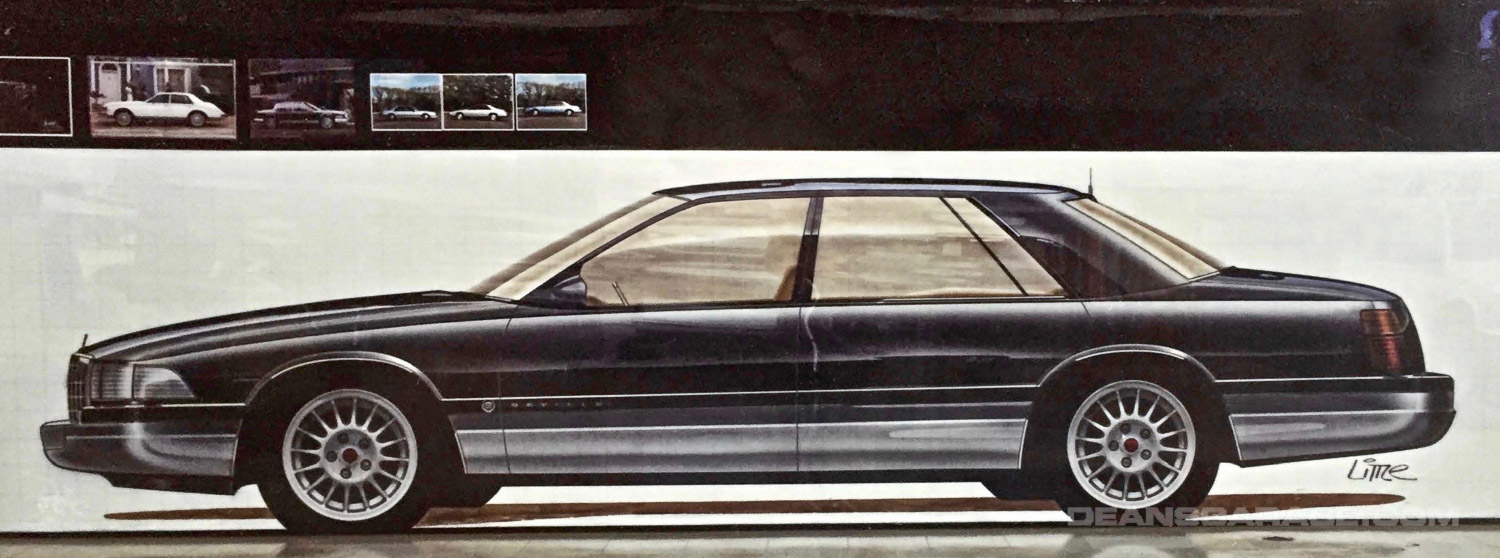
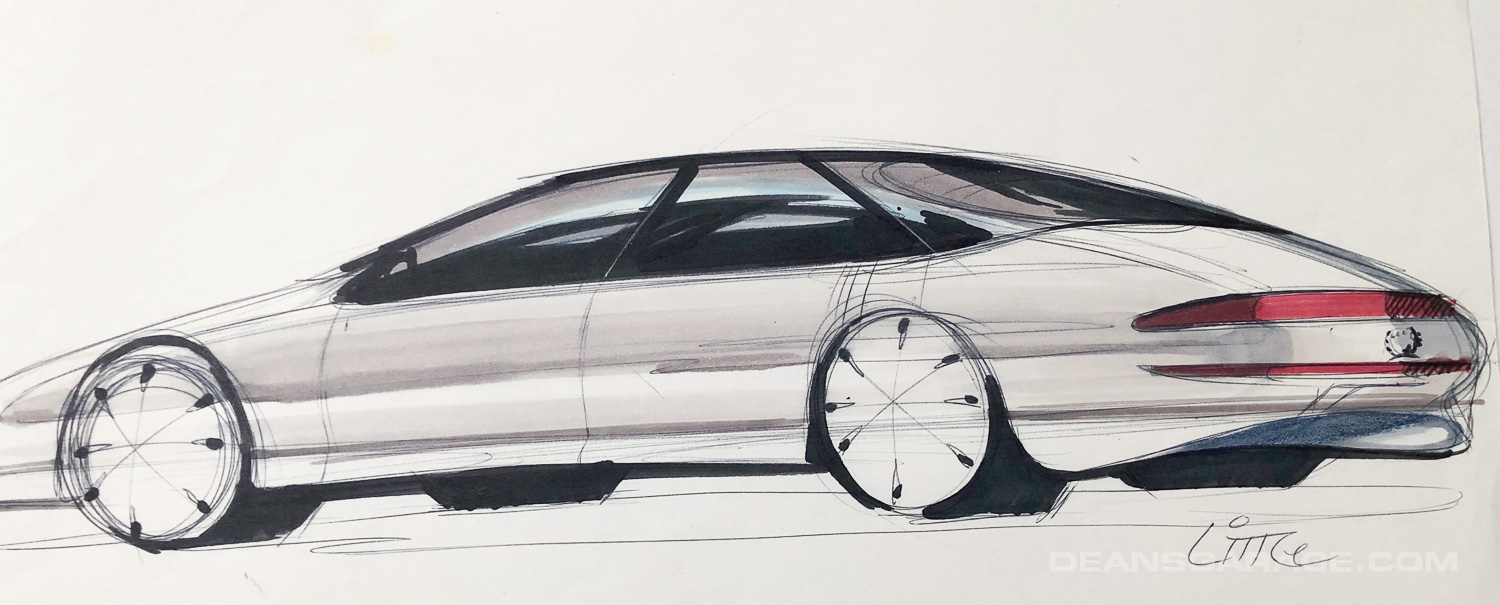
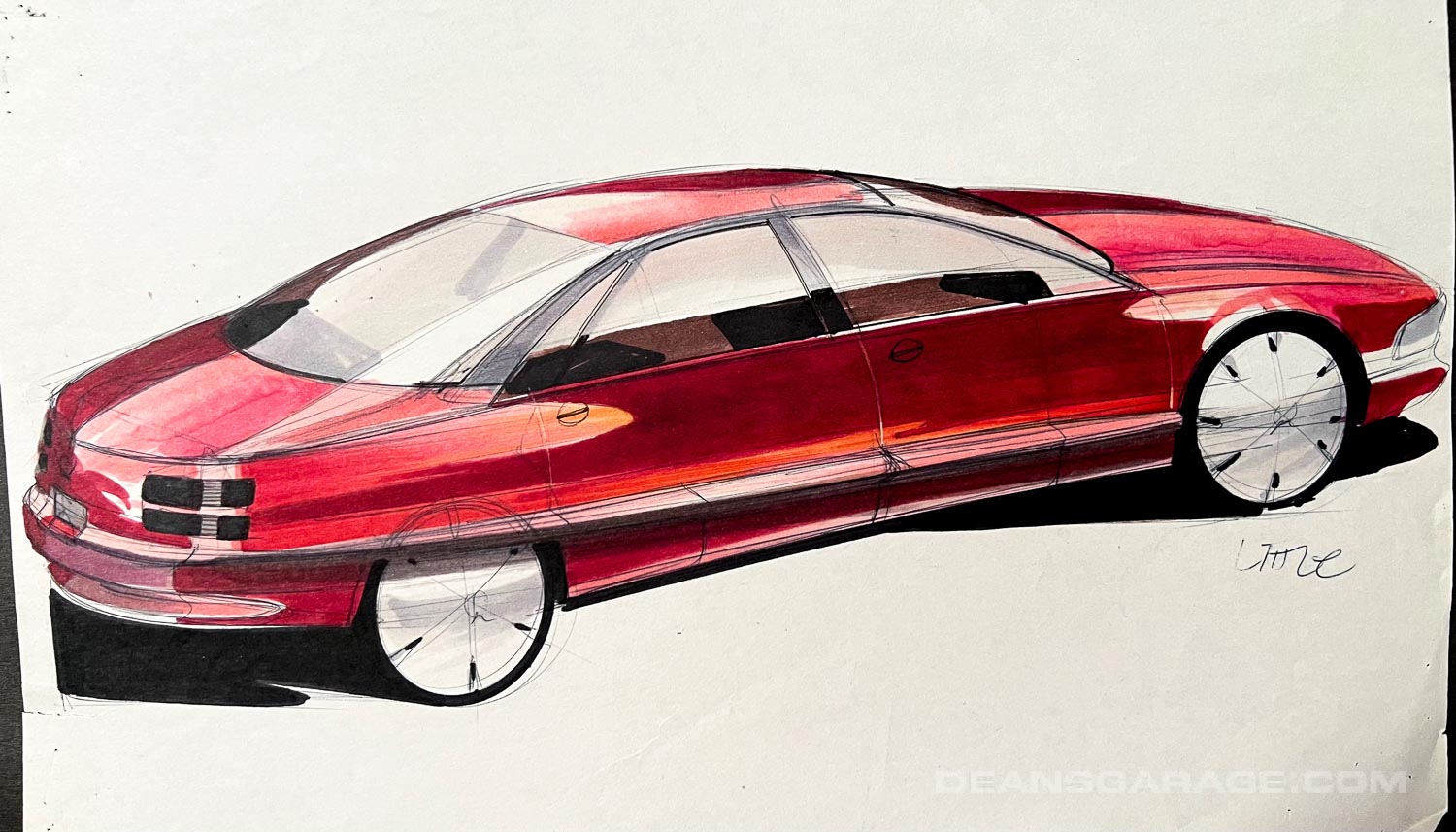
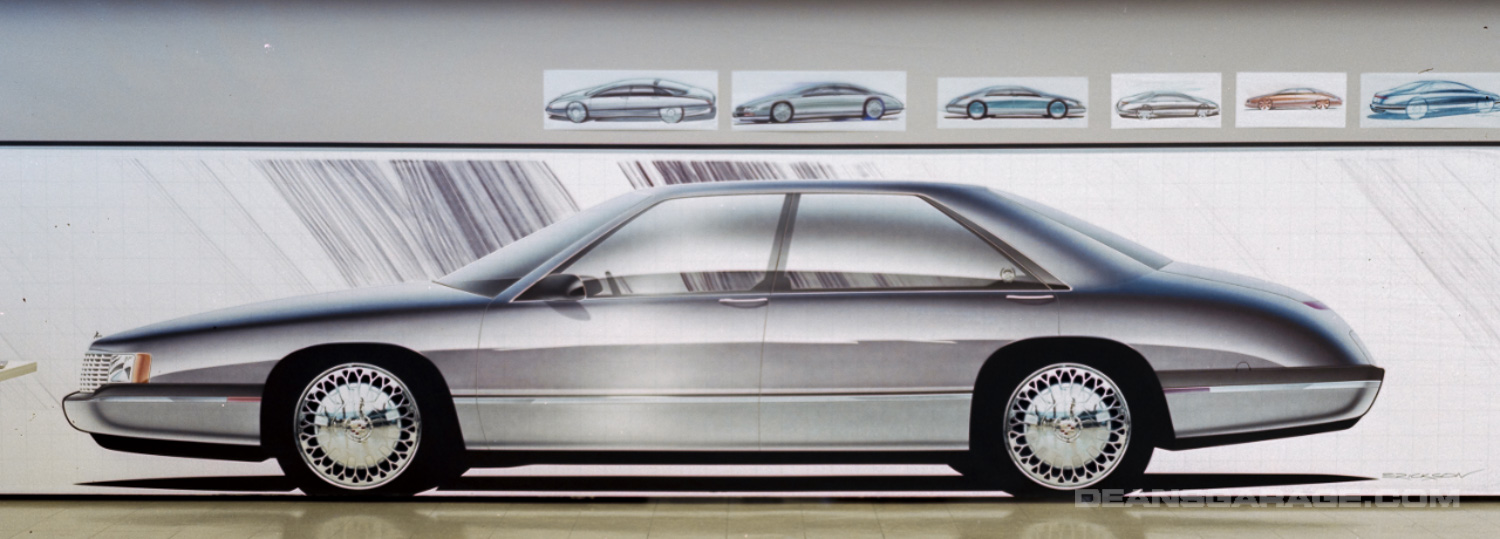
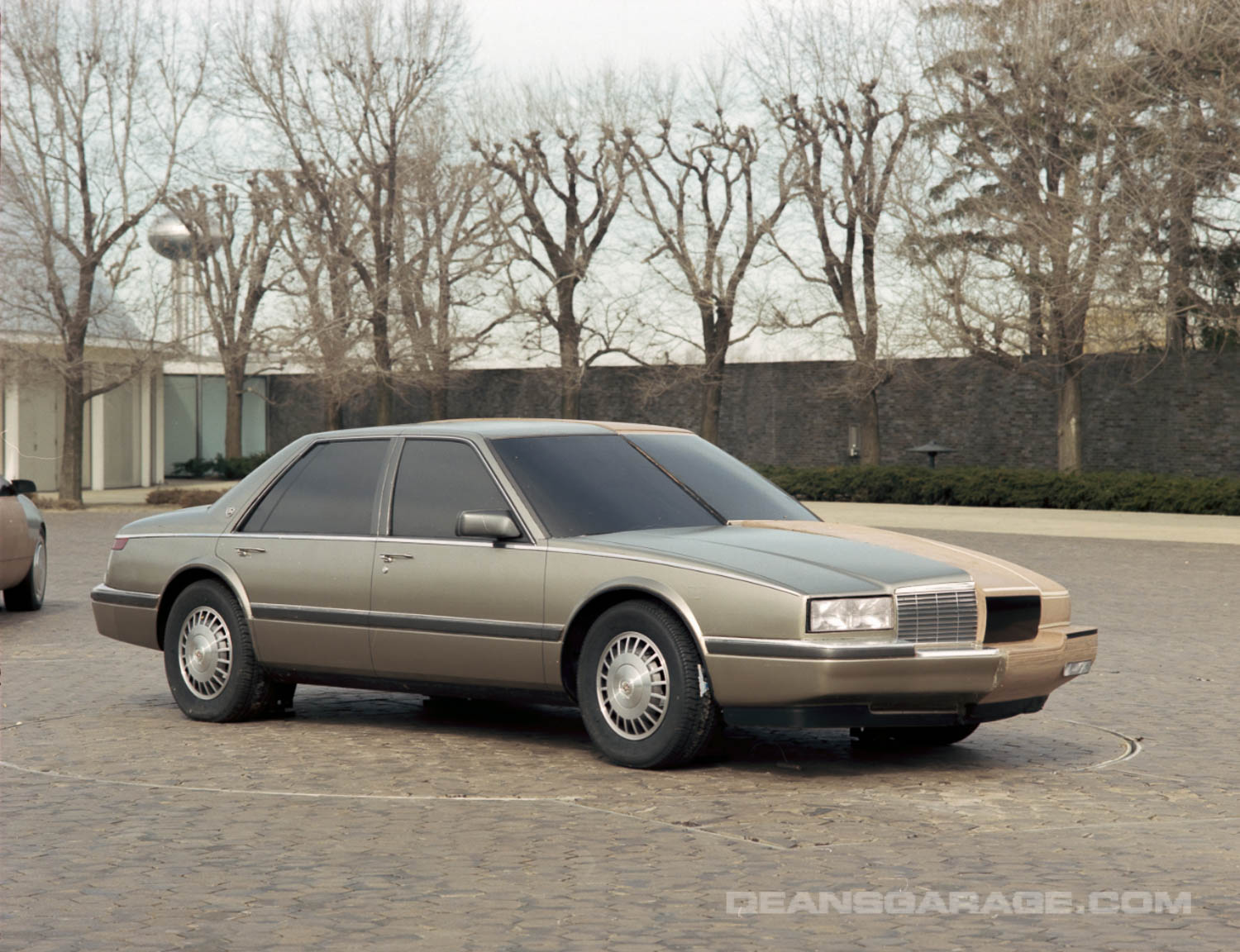

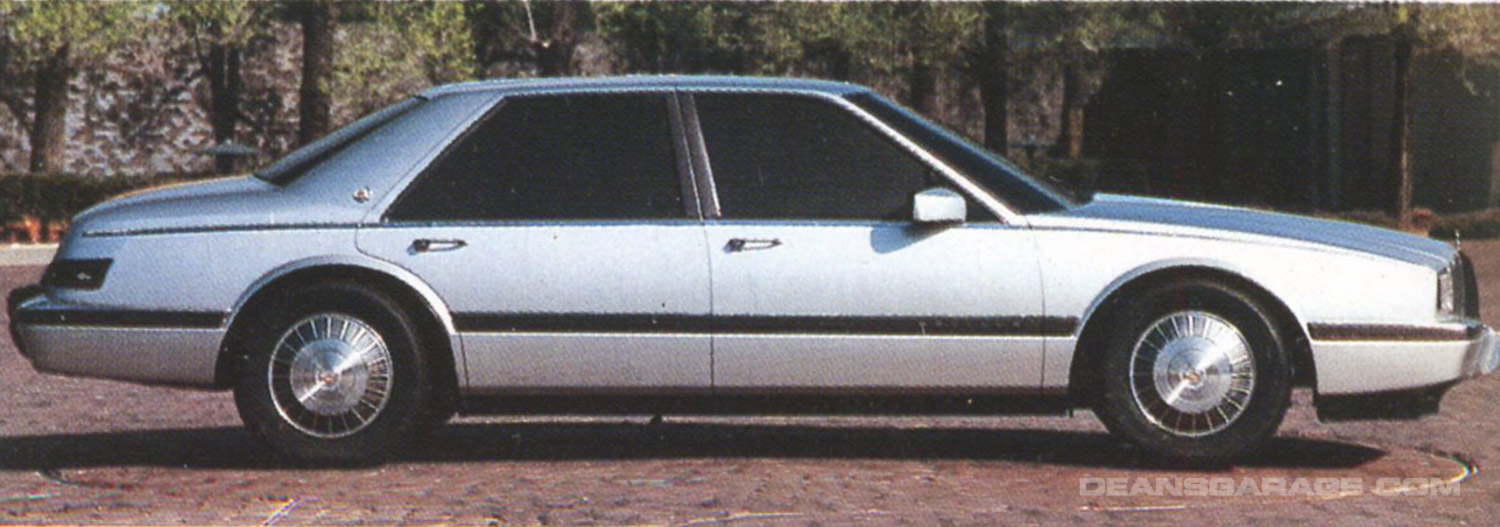
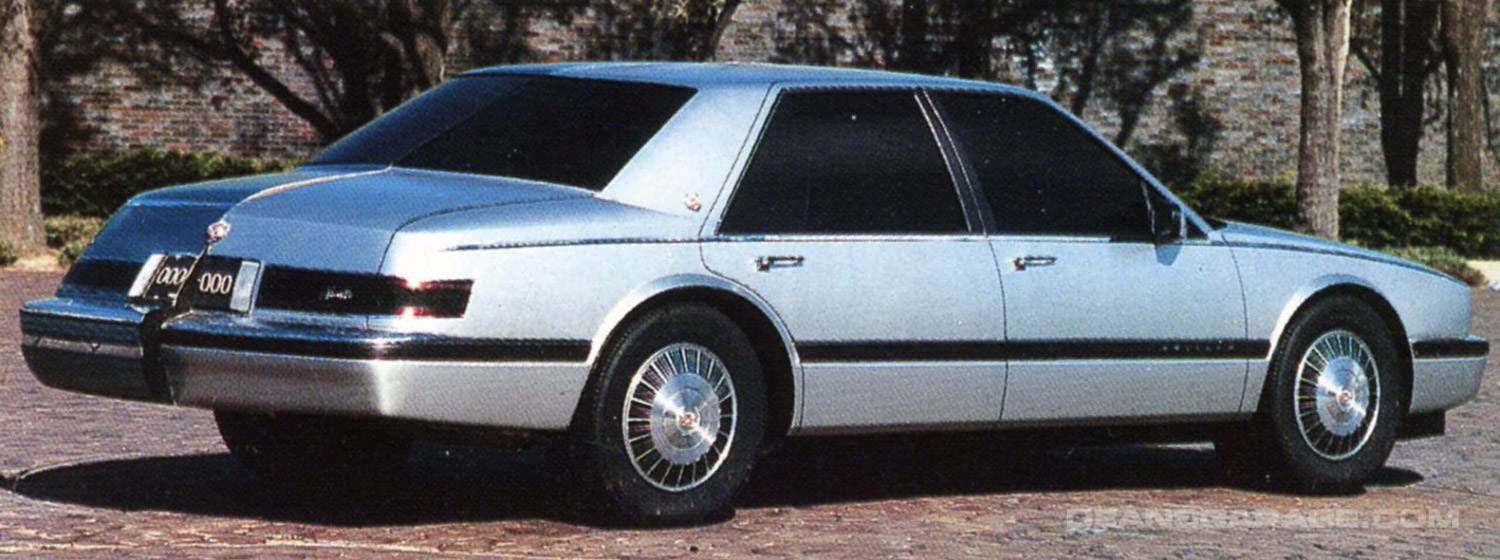
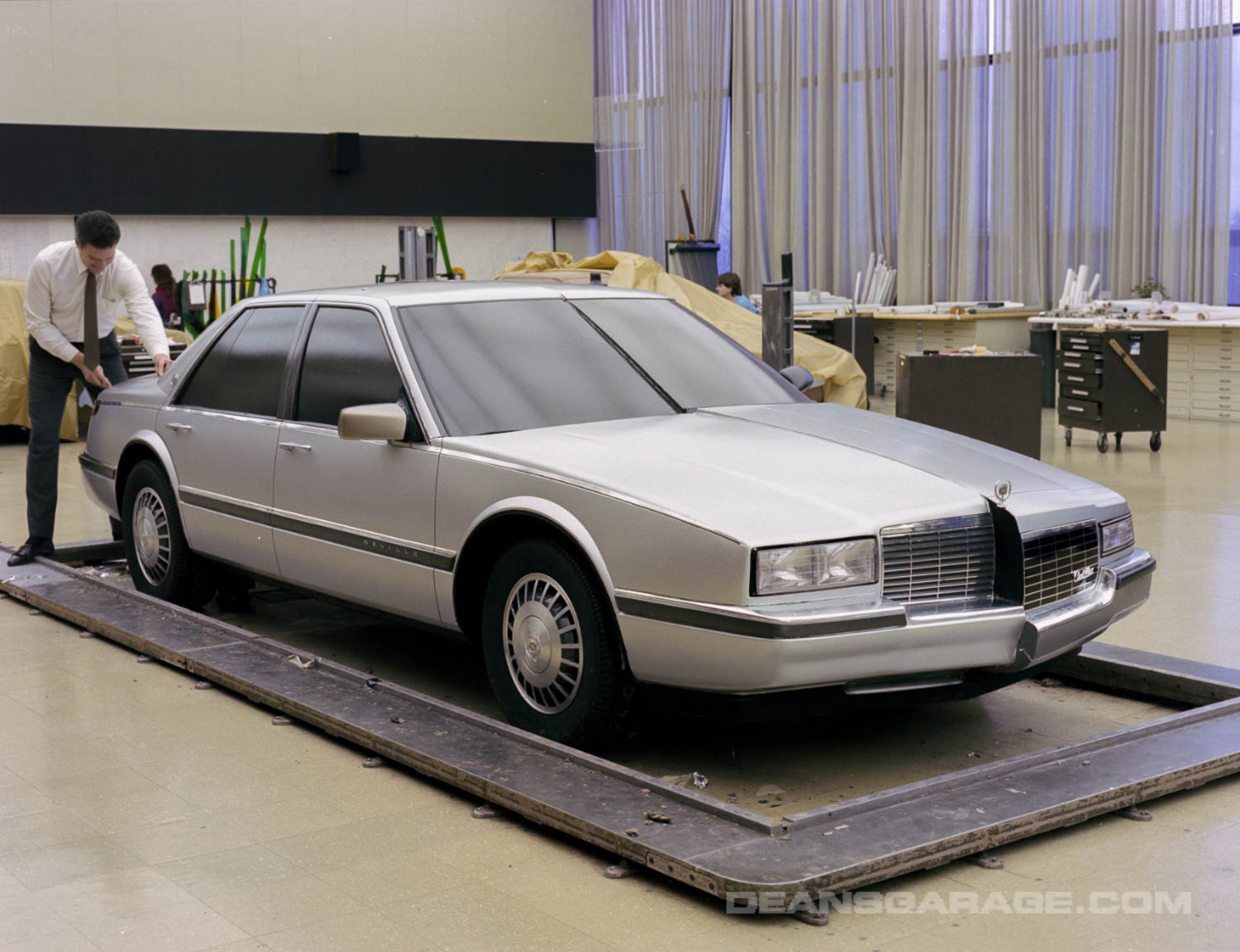
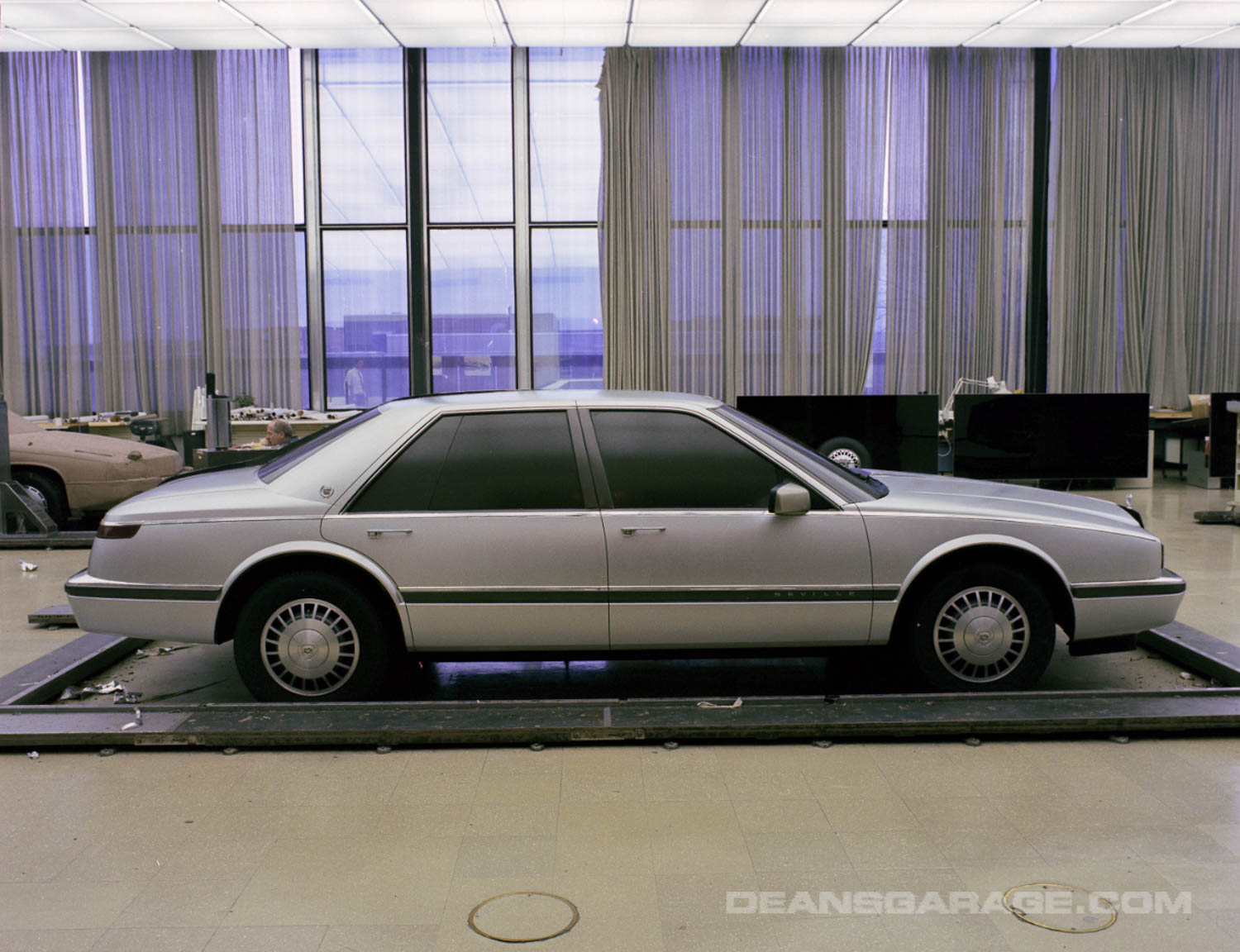
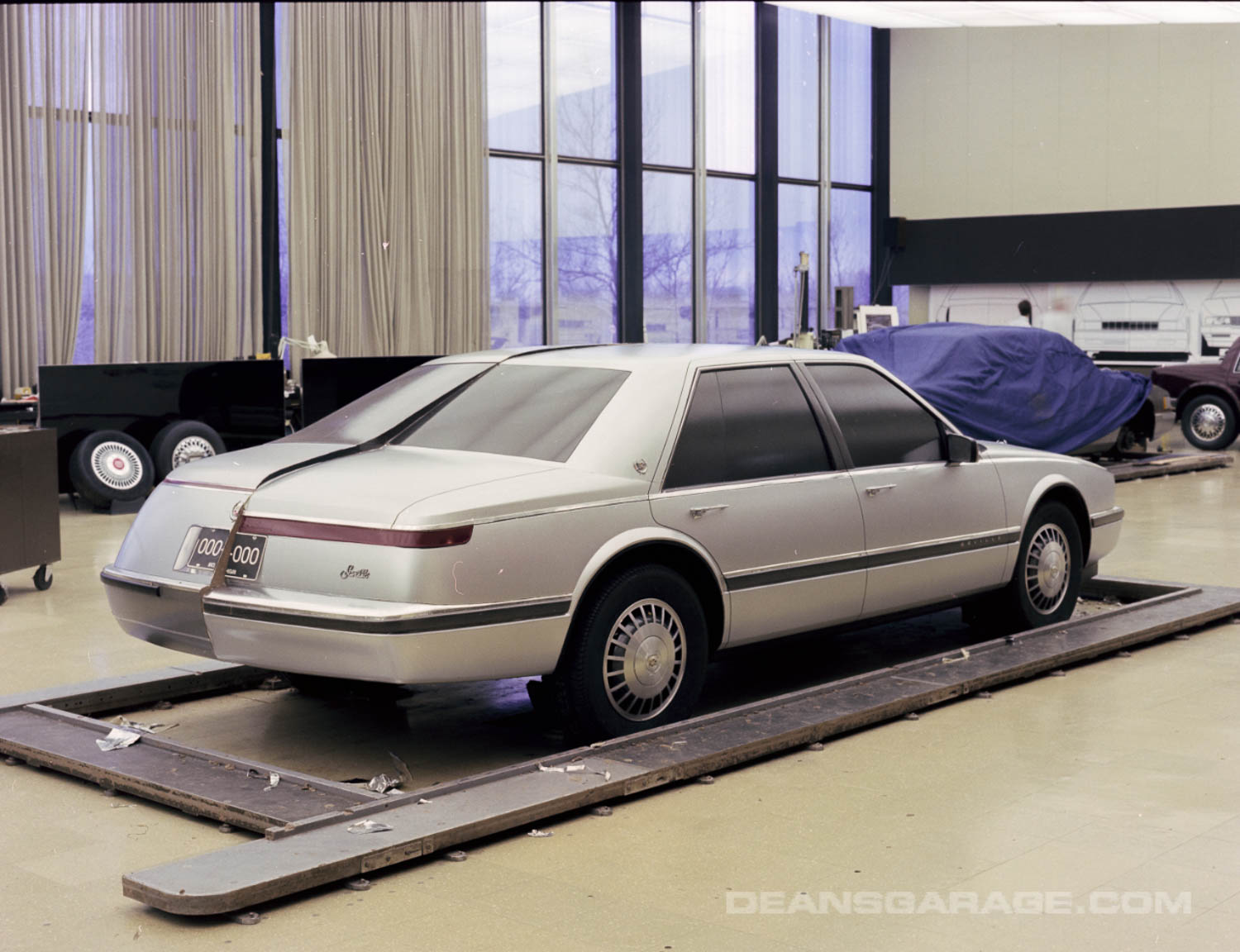
I was in the Cadillac studio in 1976 during the early development of the 1979 Eldorado.
Wayne Kady was the Chief, the designers were Tom Semple, Gary Smith and myself. I agree with Ruzzin and Little that striking that balance, achieving a sophisticated, good design without being boring is a hard one to manage. In our case, Bill Mitchell actually sat in a chair as we did the full size tape drawings. He directed the taping for about an hour having us move the tape an inch here or a faster curve there. The Eldorado was his baby and he wanted to make sure it was just the way he wanted it. The very sheer elegant Eldorado finally produced was pretty close to the design that was taped up that day.
No mention of Donald Hronek or Peter Maier who designed the Bustle back Seville. Bill Mitchel was leaving Cadillac studio out the eastern back door we called it and Pete’s drawings were on the wall!
He saw the sketch of the bustle back and said we’re doing this as he pointed to it.
Donald was the best of the best. Oh one other designer no one mentions. John Manoogian who designed the back end of the Deville.
I sculpted the rear end and his design of the thin
Tall verticle tail lights.
Because Cadillac needed an entire new design approach in language. It was decided that the Cadillac studio would be staffed with people who had never worked on Cadillacs. The essence of Cadillac would be provided by Chuck Jordan and DAVE holes who both had long histories of significant contributions to Cadillac design. That went way back in history to 1959. I would say that that strategy worked given the final result. However, it was not easy as Cadillac had lost everything, size and technological advantage over the other divisions because GM needed everything to meet the fuel economy requirements as defined by the government. There is no doubt in my mind that pressure from Japanese industry had a strong influence on our government. The other problem was the fact that Cadillacs were taxed heavily when sold in Europe in England. Not the case for European products. Cadillac and the American auto industry is still suffering today under those mandates.